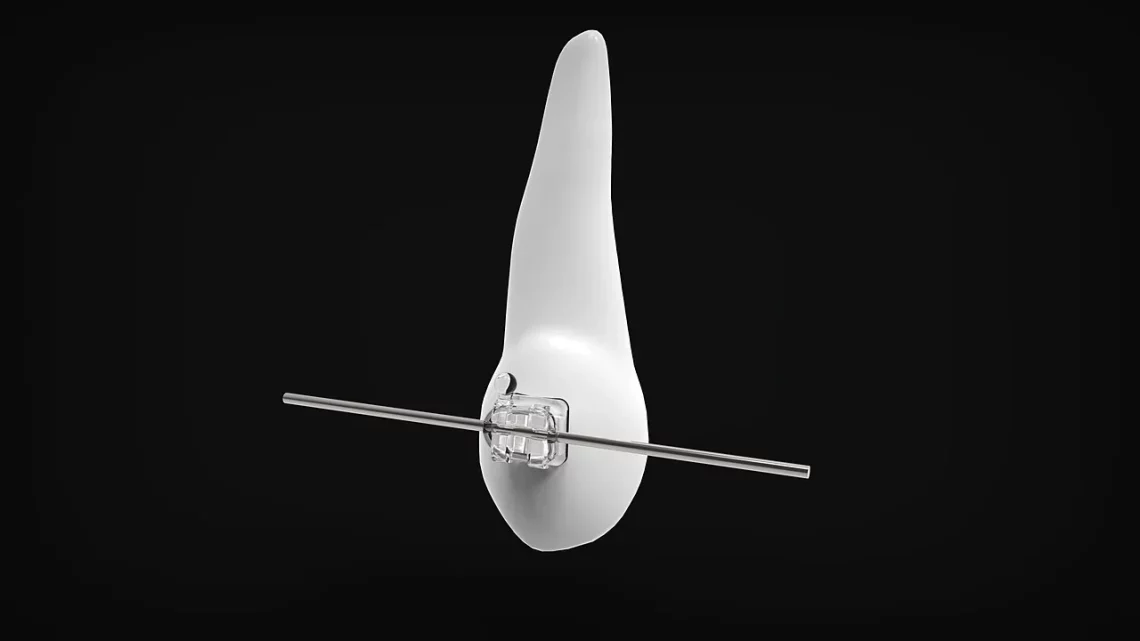
Ultimate Guide to the Best Knee Brace for Basketball Players
Basketball is a high-intensity sport that demands agility, speed, and precision. Players are constantly on the move, making quick cuts, jumping for rebounds, and engaging in physical contact that can place significant stress on their knees. Given the nature of the game, knee injuries are not uncommon, and they can range from minor strains to serious ligament tears. As a result, many players look for ways to protect their knees while still maintaining their performance on the court. This is where knee braces come into play. Designed to provide support, stability, and in some cases, pain relief, knee braces can be essential tools for both amateur and professional basketball players.
Selecting the right knee brace involves understanding the different types available, the specific needs of the player, and how these braces can enhance performance while minimizing injury risk. Whether you’re recovering from an injury or simply want to prevent one, a well-chosen knee brace can make a significant difference in your game. With numerous options on the market, it can be challenging to navigate through the choices. This guide aims to shed light on the essential factors to consider when choosing the best knee brace for basketball players, ensuring you can make an informed decision tailored to your athletic needs.
Types of Knee Braces for Basketball Players
Knee braces come in various types, each designed to address specific needs and conditions. Understanding these types can help players choose the most suitable option for their requirements.
The first type is the **prophylactic knee brace**, primarily used to prevent injuries. These braces are typically lightweight and provide moderate support, allowing players to maintain their range of motion while minimizing the risk of sprains or other injuries. They are ideal for players who may not have a current injury but want to protect their knees during intense games.
Next, we have **functional knee braces**. These are designed for players recovering from an injury or those with a history of knee problems. Functional braces offer more support and stabilization compared to prophylactic braces. They help in redistributing weight and reducing stress on the knee joint, allowing athletes to return to the game safely without compromising performance.
**Rehabilitative knee braces** are another category, aimed at individuals recovering from surgery or significant injuries. These braces limit the movement of the knee to facilitate healing while providing protection against further injury. They are typically bulkier and designed to be worn during the recovery phase rather than during active play.
Finally, there are **unloader braces**, which are primarily used for players with osteoarthritis or other degenerative joint conditions. These braces help to shift weight away from the affected area of the knee, alleviating pain and allowing players to engage in physical activity more comfortably.
Choosing the right type of knee brace is essential for basketball players. It can enhance performance, provide necessary support, and help prevent injuries. Players must assess their specific needs, whether they are looking for protection, recovery support, or pain relief, to select the most appropriate knee brace.
Key Features to Look for in a Knee Brace
When selecting a knee brace for basketball, several key features should be considered. These attributes can significantly impact comfort, support, and overall performance on the court.
One crucial feature is **adjustability**. A knee brace should allow for a custom fit, ensuring that it stays securely in place during play. Many braces come with adjustable straps that can be tightened or loosened to accommodate different leg sizes and shapes. A proper fit is essential, as a brace that is too loose may not provide adequate support, while one that is too tight can restrict blood flow and cause discomfort.
**Material** is another important consideration. High-quality knee braces are often made from breathable materials that wick moisture away from the skin. This feature enhances comfort, especially during intense games when players are likely to sweat. Additionally, lightweight materials can reduce bulkiness, allowing players to move freely without feeling weighed down.
**Padding and support** are also critical factors. Look for braces that offer sufficient cushioning around the knee joint. This padding can help absorb impact and reduce the risk of injury. Furthermore, the level of support provided by the brace should align with the player’s needs—whether they require moderate support for prevention or more substantial support for recovery.
Another feature worth considering is the **design and style** of the brace. Many players prefer braces that are low-profile and unobtrusive, allowing them to maintain their agility on the court. Some braces are even designed to be worn under clothing without being noticeable, which can be a significant advantage for athletes.
Lastly, it’s essential to consider the **brand reputation** and customer reviews. Established brands that specialize in sports equipment often provide high-quality products backed by research and user feedback. Reading reviews can offer insights into the effectiveness and durability of a knee brace, helping players make informed choices.
By focusing on these key features, basketball players can select a knee brace that not only meets their needs for support and protection but also enhances their overall performance on the court.
How to Properly Fit and Use a Knee Brace
Once you have chosen the right knee brace, proper fitting and usage are crucial to ensure maximum effectiveness and comfort. Improperly fitted braces can not only fail to provide support but may also lead to discomfort or even exacerbate existing injuries.
To start, it’s essential to measure the knee accurately. Most manufacturers provide guidelines on how to measure for the right size. Typically, measurements are taken around the knee cap and sometimes above and below the knee joint. This ensures that you select a brace that fits snugly without being overly tight.
When putting on the brace, ensure that the knee is in a slightly bent position. This position mimics the natural stance of the knee during physical activity and allows for a more accurate fit. Adjust the straps as needed to secure the brace in place, making sure it is tight enough to provide support without cutting off circulation.
It’s also important to familiarize yourself with how the brace functions. Some braces come with additional features, such as removable hinges or adjustable components. Understanding how these work can help you customize the brace to your specific needs.
During initial use, it’s advisable to wear the brace for short periods to allow your body to adjust. Gradually increase the duration as you become more comfortable. Pay attention to any signs of discomfort or irritation, and make adjustments as necessary. If the brace causes pain or restricts movement, it may not be the right fit or type for your needs.
Regular maintenance is also essential for prolonging the life of your knee brace. Follow the manufacturer’s care instructions, which often include hand washing and air drying. Regular checks for wear and tear are also important, as a damaged brace will not provide adequate support.
In summary, proper fitting, usage, and maintenance of a knee brace are vital for basketball players. Taking the time to adjust and become familiar with the brace can lead to enhanced performance and protection on the court.
Benefits of Using a Knee Brace for Basketball
Using a knee brace while playing basketball can offer a multitude of benefits, particularly for players concerned about injury prevention and recovery. Understanding these advantages can help athletes make an informed decision about incorporating a knee brace into their gear.
One of the primary benefits of wearing a knee brace is **injury prevention**. Basketball is a sport that places significant strain on the knees due to jumping, pivoting, and sudden stops. A well-fitted knee brace can provide additional support to the ligaments and tendons, reducing the risk of common injuries such as sprains and tears. This support is especially crucial for players who have a history of knee issues or those who engage in high-impact play.
In addition to injury prevention, knee braces can aid in **rehabilitation**. For players recovering from knee injuries, a functional or rehabilitative brace can provide the necessary support to facilitate healing. These braces help stabilize the knee joint, allowing players to gradually return to their sport while minimizing the risk of re-injury. Many athletes find that wearing a brace during recovery can boost their confidence, enabling them to engage in physical activity more comfortably.
Another significant benefit is **pain relief**. For players with pre-existing conditions such as patellar tendinitis or arthritis, knee braces can alleviate discomfort by redistributing weight and reducing pressure on the affected areas. This relief can be essential for maintaining a consistent performance level and enjoying the game without the hindrance of pain.
Knee braces can also contribute to **enhanced performance**. By providing stability and support, players may feel more confident in their movements, allowing them to focus on their game rather than their knee concerns. This psychological advantage can lead to improved agility, speed, and overall athletic performance.
Lastly, wearing a knee brace can promote **long-term joint health**. By preventing injuries and providing support during play, braces can help maintain the integrity of the knee joint. This is particularly important for athletes who wish to continue playing basketball or engaging in other sports as they age.
In conclusion, the benefits of using a knee brace for basketball players extend beyond mere injury prevention. From enhancing performance to providing pain relief, a knee brace can be a valuable asset for athletes of all levels.
**Disclaimer:** This article is for informational purposes only and does not constitute medical advice. For any health-related concerns or conditions, please consult a qualified healthcare professional.




